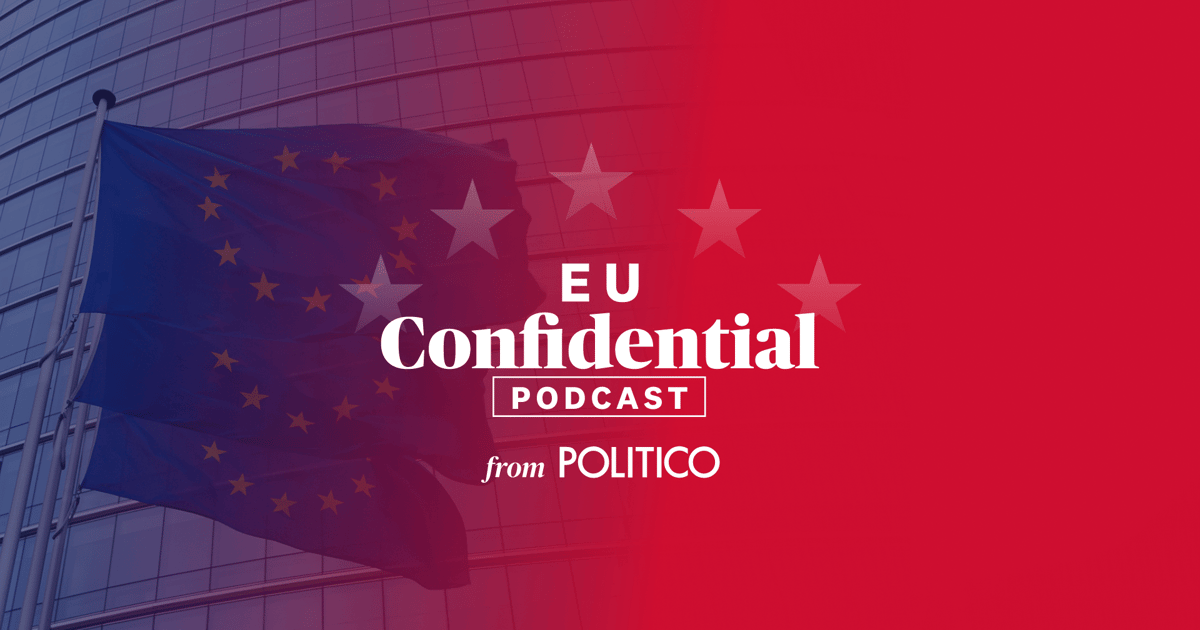Although King Charles will have a low-key ceremony on his coronation day this May 6, the Crown Jewels will still figure prominently. An exploration of the story of the jewels tells a tale of brutal exploitation, rape and the original looting. Join us on Don’t Call Me Resilient to follow the jewels.
Much of what was called the British Empire was built from stolen riches — globally — and much of that was from India.
In fact, India was such an abundant contributor to the Crown that at the time of its occupation of South Asia, Britain called India the Jewel in its Crown.
India was called this because of its location — easy access to the silk route, but mostly because of its vast human and natural resources: things like cotton, and tea and of course its abundance of jewels.
Literally, the brightest jewel in Britain’s Crown is the Koh-i-Noor diamond.
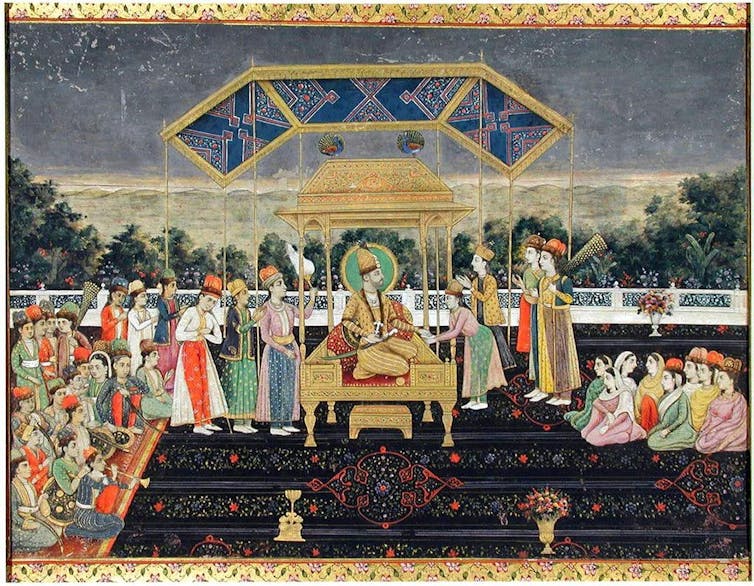
Wikimedia Commons, CC BY
It is considered one of the world’s largest and most valued diamonds and it usually sits on top of the Crown of Queen Mary.
It has a controversial history, and it’s likely for that reason, that it won’t be on display at the coronation. But plenty of other jewels will be part of the ceremony.
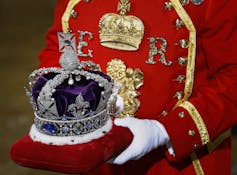
(Kirsty Wigglesworth/AP)
There is the five-pound gold St. Edward’s Crown that Charles will be officially crowned with, the Sovereign’s Sceptre, which has the Great Star of Africa diamond in it and the Imperial State Crown, which is set with almost 3,000 diamonds – including another Star of Africa.
Joining me to explore the history and meaning behind these jewels is Annie St. John-Stark, assistant professor of British history at Thompson Rivers University. Also here today is: Sharanjit Kaur Sandhra, sessional instructor of history at both the University of the Fraser Valley and the University of British Columbia. Her recently completed PhD reimagines museums as spaces of belonging.
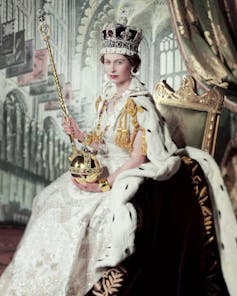
CC BY
Both historians on today’s episode believe change is possible with a redress: of how the histories of the Crown Jewels are told and also how wealth is redistributed.
And actually, if recent polls are to be believed, although many will be out celebrating (any excuse for a party, right?) the pomp of the coronation along with its display of the Crown Jewels does not reflect the attitudes of modern Britain. The most recent poll available indicates only 32 per cent of Britons believe the Empire is something to be proud of — that is down almost 25 per cent from a 2014 poll. That means, attitudes are changing quickly.
Will the Royal Family catch up?
It’s not just the jewels, it’s the pomp of everything that is attached to the ceremony is such a contradiction now to the things we are talking about globally in our world in terms of privilege, colonialism and class structures. – Sharanjit Kaur Sandhra
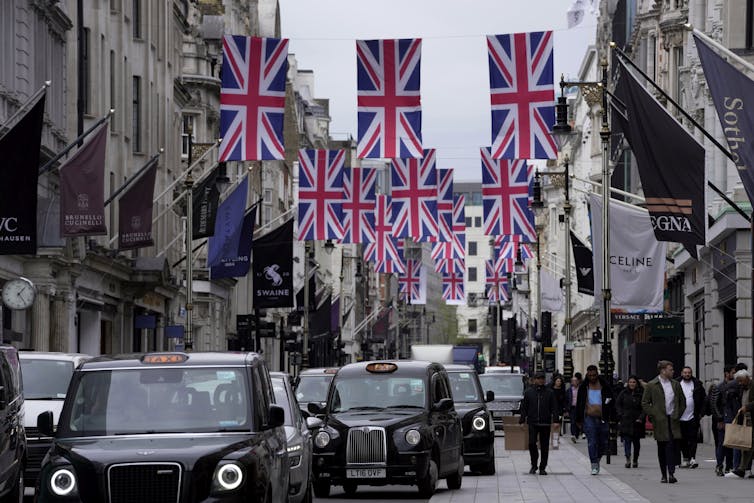
(AP Photo/Kin Cheung)
Resources
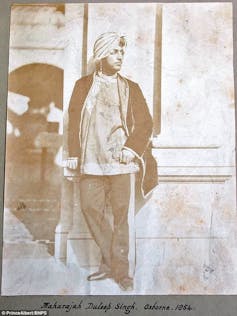
CC BY
Koh-i-Noor: The History of the World’s Most Infamous Diamond by Anita Anand, William Dalrymple
The True Story of the Koh-i-Noor Diamond—and Why the British Won’t Give It Back (Smithsonian Magazine)
Koh-i-Noor: Empire, Diamonds, and the Performance of British Material Culture by Danielle C. Kinsey
What Crown will King Charles Wear? (Cosmopolitan)
Indian Archive Reveals Extent of Colonial Loot in Royal Jewellery Collection (The Guardian)
Ghadar Movement
Expressing Indian Spirituality in Jeweled Form (New York Times)
How Britain Stole 45 Trillion from India (Al Jazeera)
The East India Company: The original corporate raiders (The Guardian)
Germany Returns Benin Bronzes (NPR)
Read more in The Conversation
Colonialism was a disaster and the facts prove it
No ordinary diamond: how the Koh-i-Noor became an imperial possession
King Charles’s coronation: Can the British monarchy shed its imperial past?
Historical lawsuit affirms Indigenous laws on par with Canada’s
About the Queen and the Crown’s crimes (or how to talk about the unmourned) — Podcast
The book that changed me: how Priya Satia’s Time’s Monster landed like a bomb in my historian’s brain
Listen and Follow
You can listen to or follow Don’t Call Me Resilient on Apple Podcasts, Google Podcasts, Spotify or wherever you listen to your favourite podcasts. We’d love to hear from you, including any ideas for future episodes. Join The Conversation on Twitter, Facebook, Instagram and TikTok and use #DontCallMeResilient.



